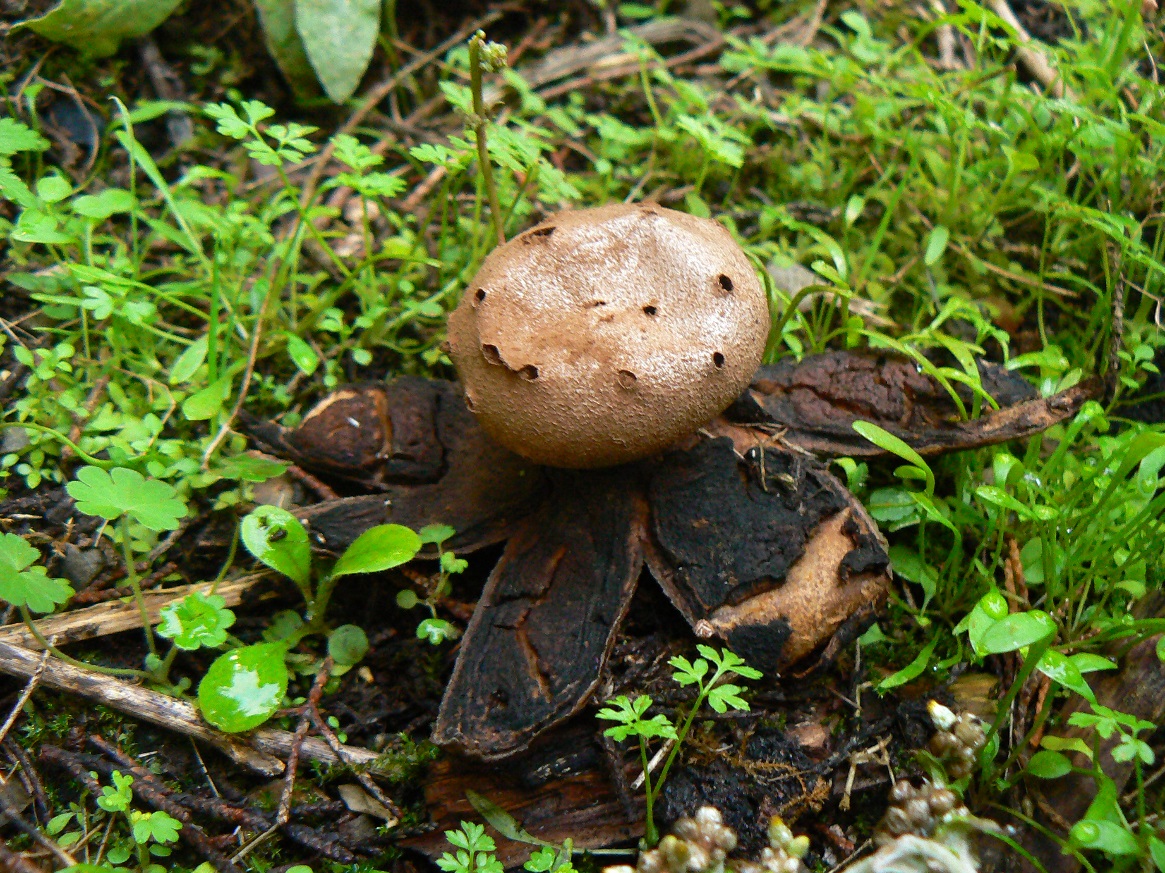Fungi - Wet winter activity
Fungi - Wet winter activity
Many of us have likely walked by mushrooms in the past, maybe acknowledged them or had a quick look but probably never realised quite how complex and important the microscopic world of fungi is.
From mould, to yeast, to mushrooms there are over 15,000 identified species of fungi in the UK. Up to 90% of plants are thought to have fungal ‘helpers’ and act as natural pesticides towards non-native, invasive pests. Many fungi are also used in food for their diverse flavour and even in the medical industry due to their powerful health benefits. Most fungi live in soil or on dead organic matter and work together with plants, animals or other fungi within an eco-system. This is known as a symbiotic relationship; which essentially means they help each other out. For example, some fungi break down organic matter that is then absorbed into the ground as nitrogen, oxygen, carbon and phosphorus. A tree is then able to absorb and use or store this nutrients. The fungi can then extract some of this nutrients from the tree to break down more matter and the cycle continues. Some species of fungi may harm the animal or plant that hosts them however, it is likely they will still benefit another species living in the same area.
Fungi are a primary decomposer in their natural environments, they help breakdown organic matter such as dead plants and animals and sometimes even inorganic matter such as plastic or crude oil. This is due to the powerful enzymes that fungi release. Many species of fungi release enzymes into the environment around them which breaks down any matter in the vicinity of the fungi; the fungi can then absorb the nutrients left behind. Species of fungi that use this method to gain nutrients are called saprotrophs.
Woods and meadows are the best places to spot fungi as these places are likely to have decomposing leaves and fallen dead wood. However, fungi can grow in many places depending on which habitat a certain species prefers (some fungi can even grow in seawater!)
The time of year can also affect what fungi you will see but fungi will usually be most abundant in the autumn and winter months as they tend to like cool damp environments. Mushroom hunting can be a great autumn or winter activity for children and adults. Go for a walk in your nearest meadow, woods or park and look in grassy patches, leaf piles, tress trunks and banks to see what mushrooms and fungi you can spot. You can either take photos and ID them at home or take a pocket guide with you and see how many species you can find. Another fun activity you can do is spore printing, it’s a great way to explore the world of fungi even more.
Also remember to log any finds as a casual record on our website; fungi are a great indicator of local biodiversity and what other species may be in an area.
(The only mushrooms you should consume are the ones from a shop, many mushrooms and fungi species are highly toxic and very dangerous. Children should always be supervised by a responsible adult when looking at or doing an activity involving fungi. Make sure to wear gloves when handling mushrooms and wash your hands well once you have finished. After doing a spore print it is best to also wash the surface you have used well).
Fungi: Earth star, Nick Aubin

